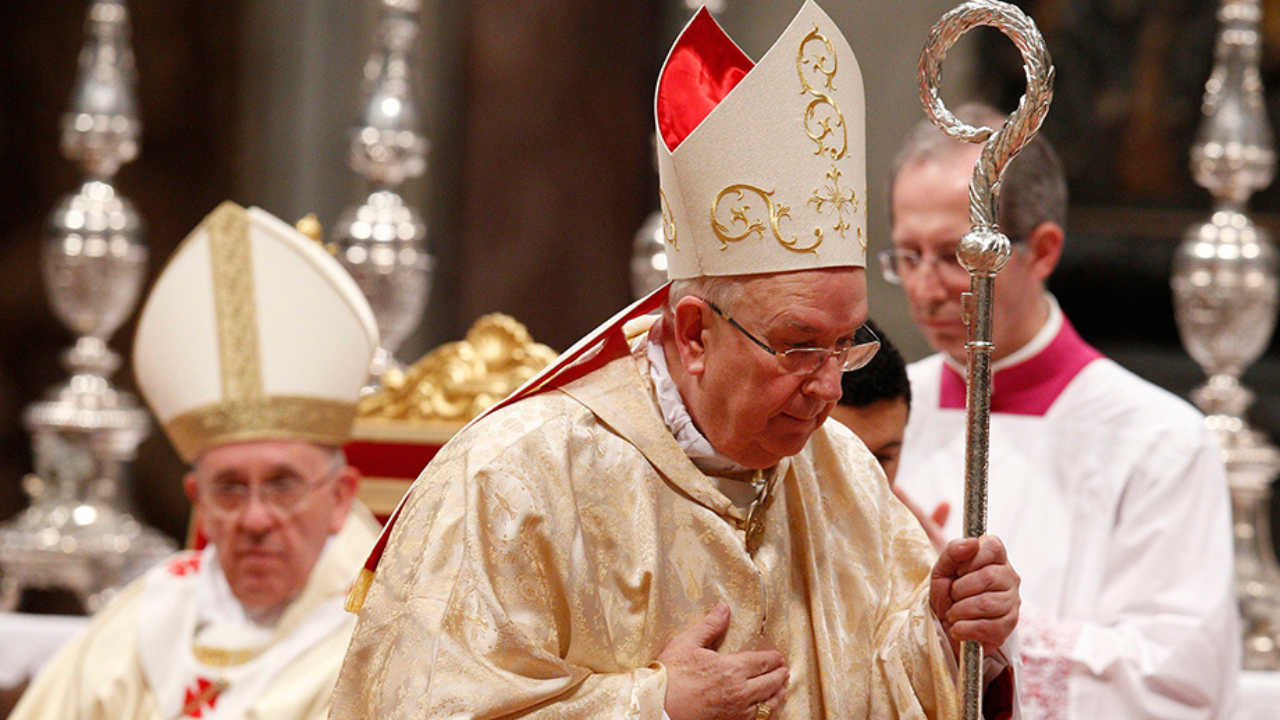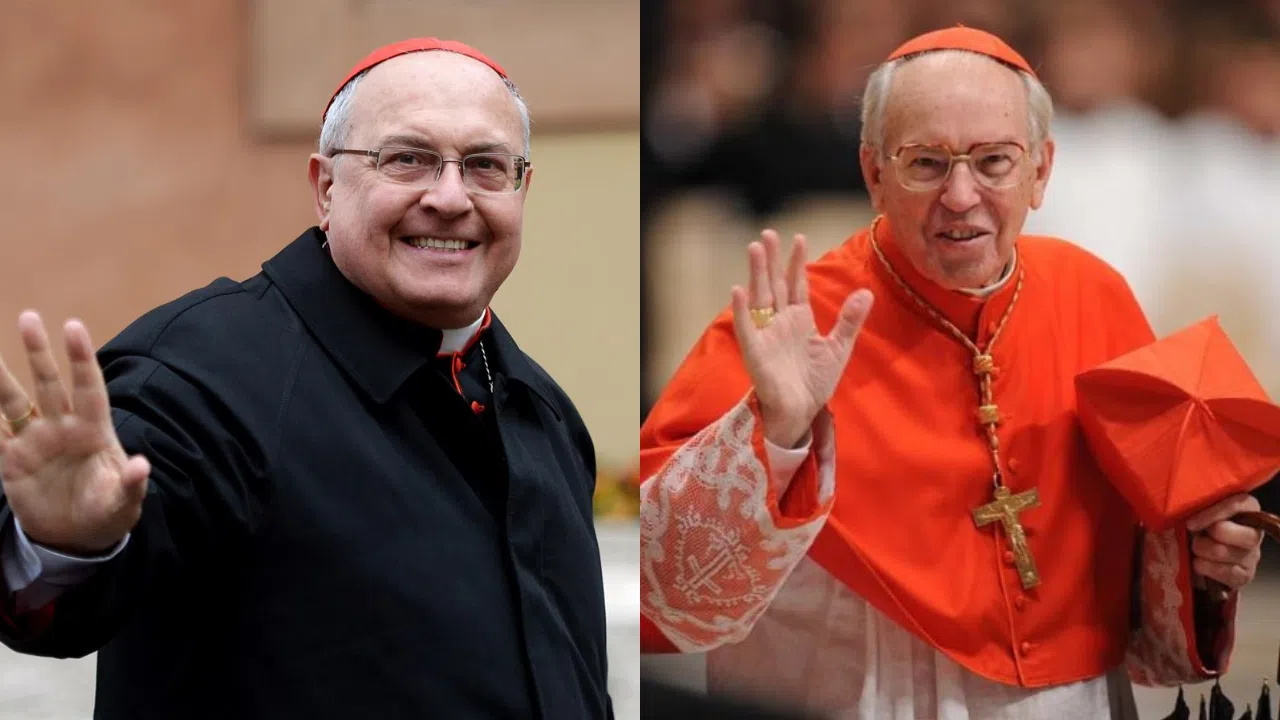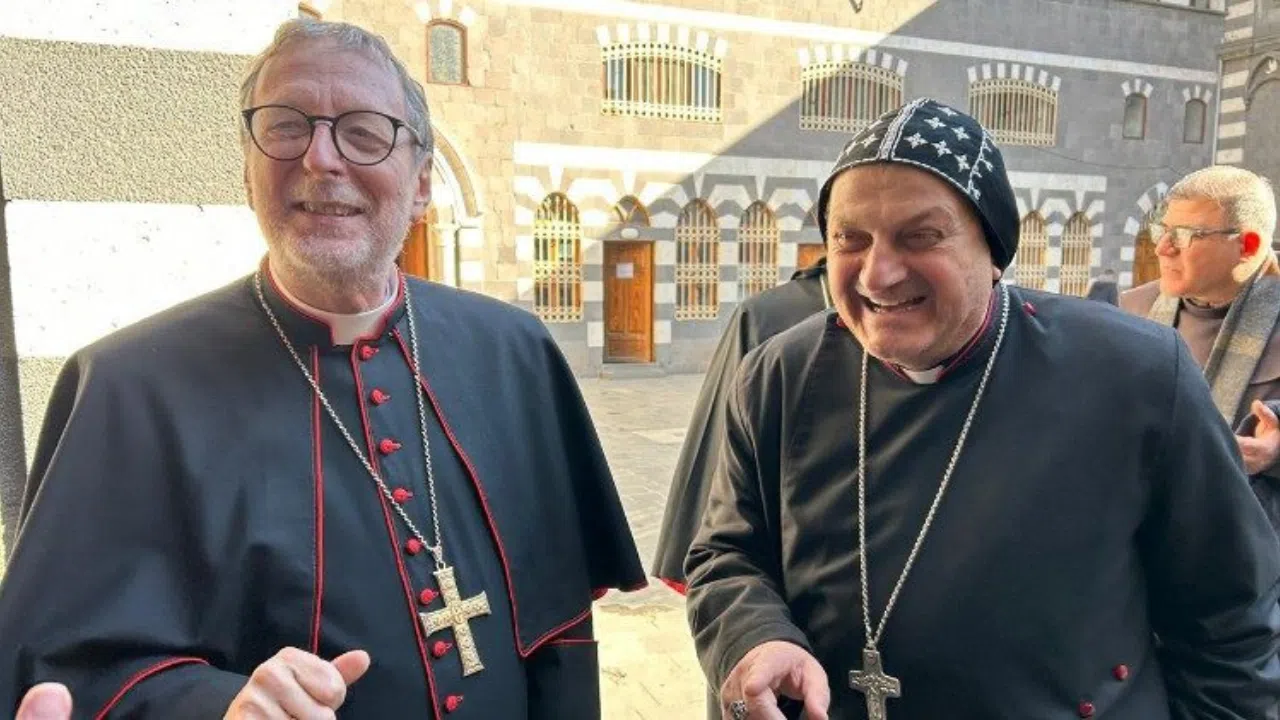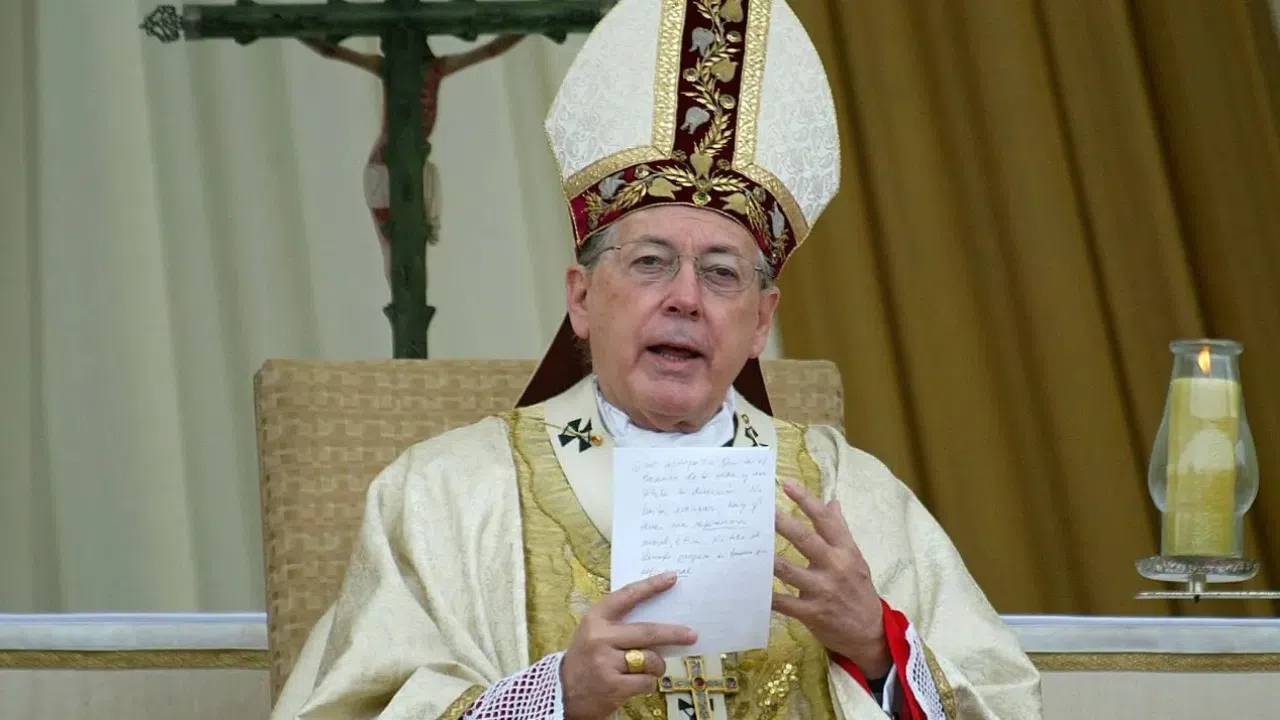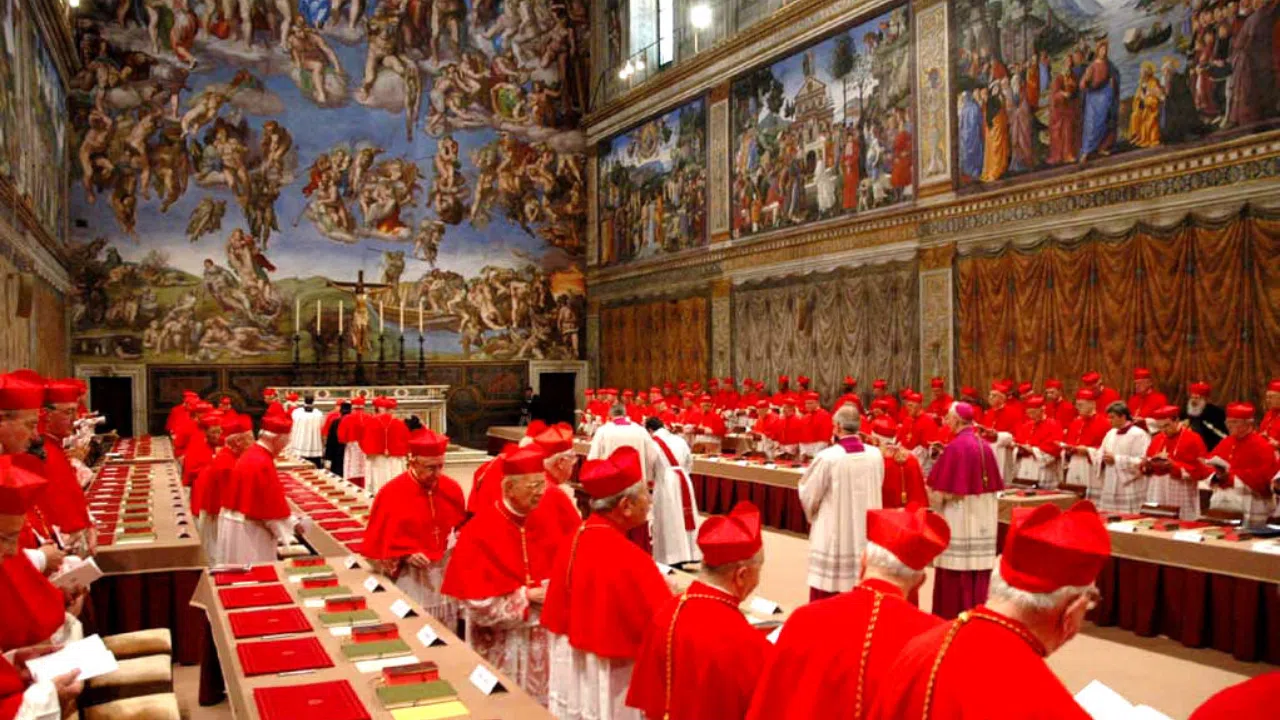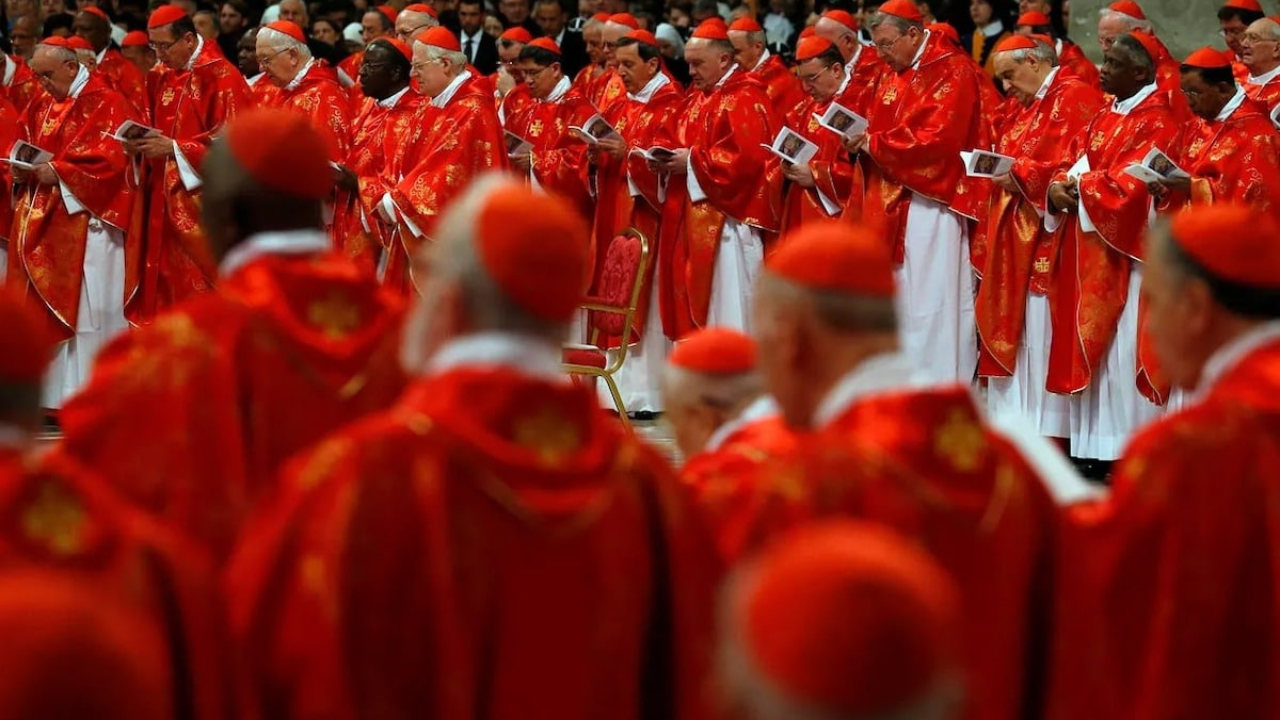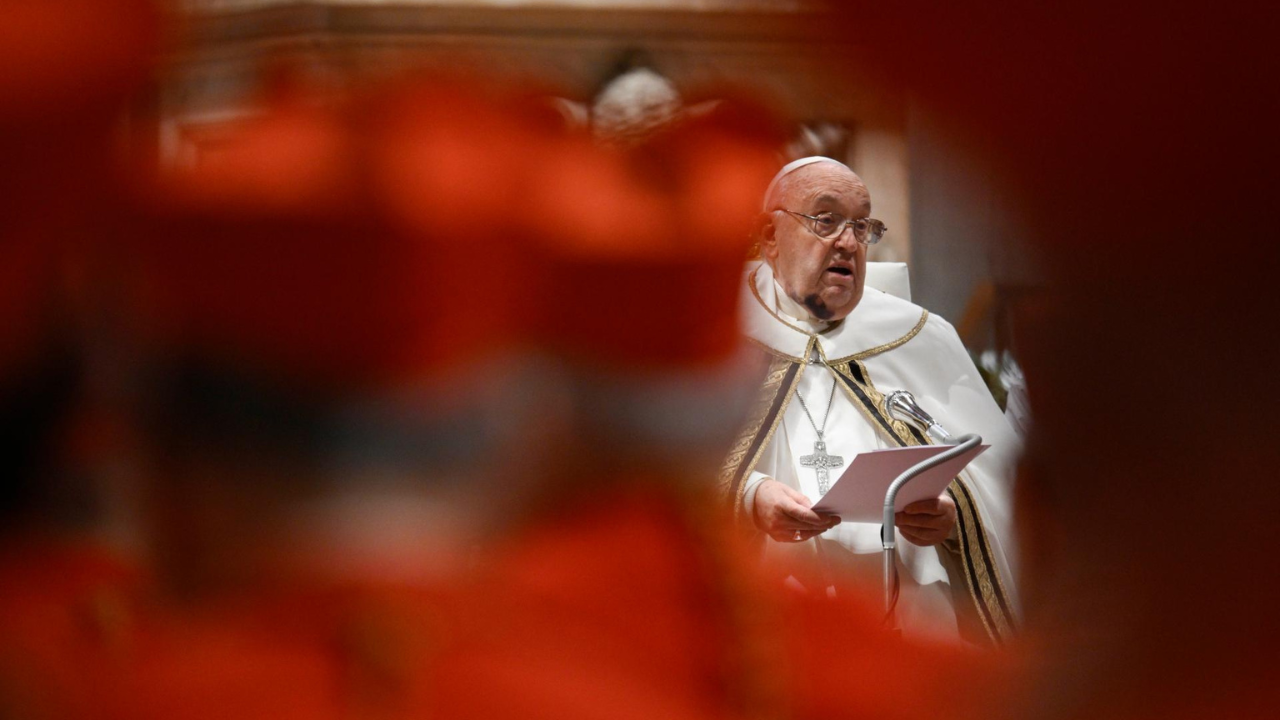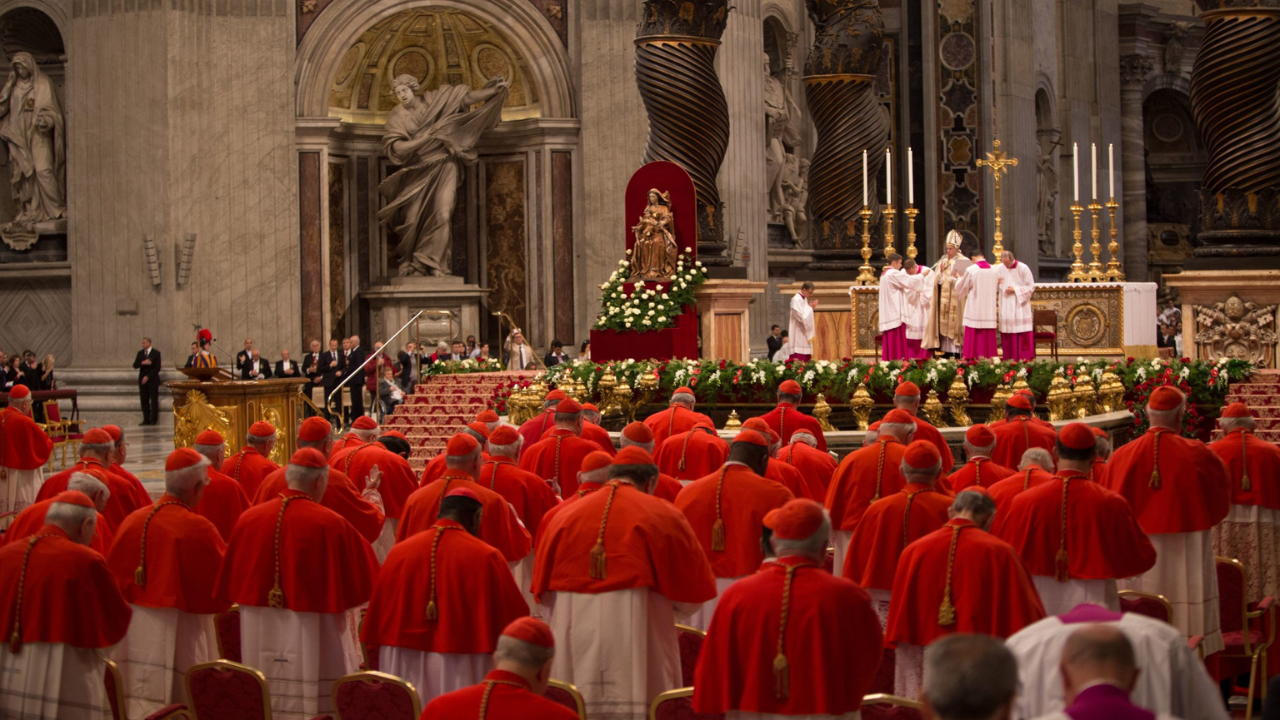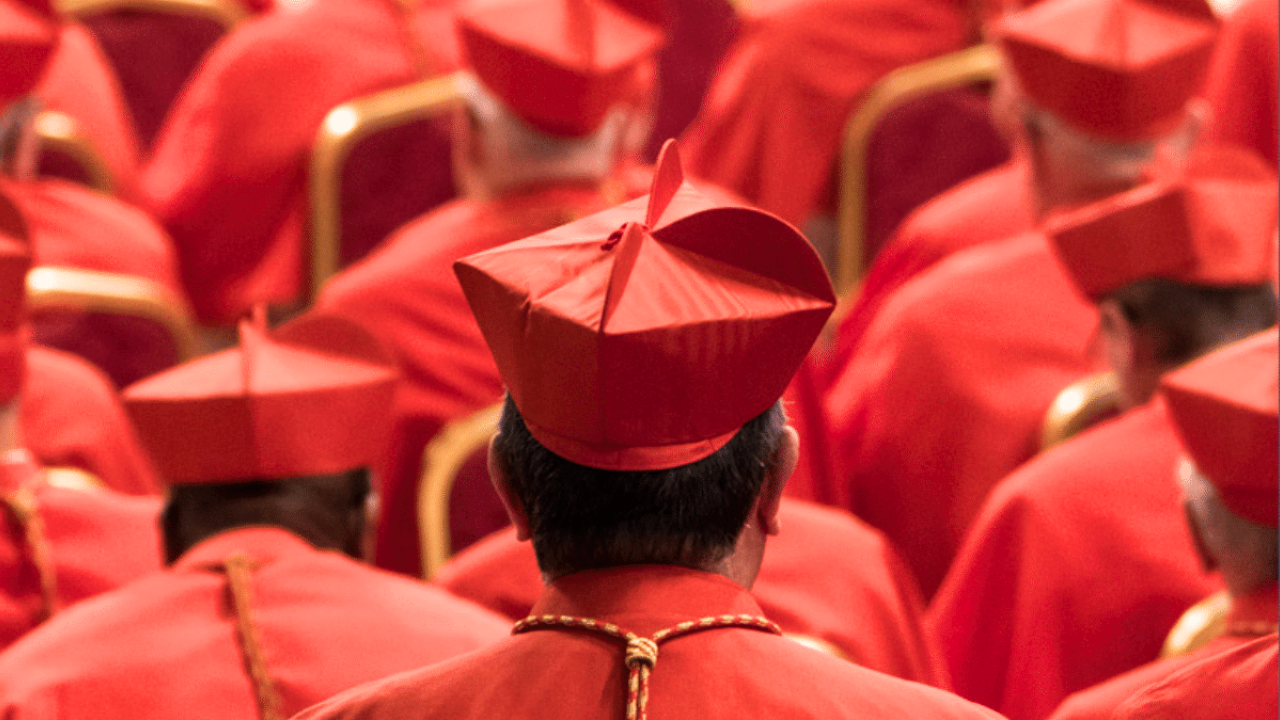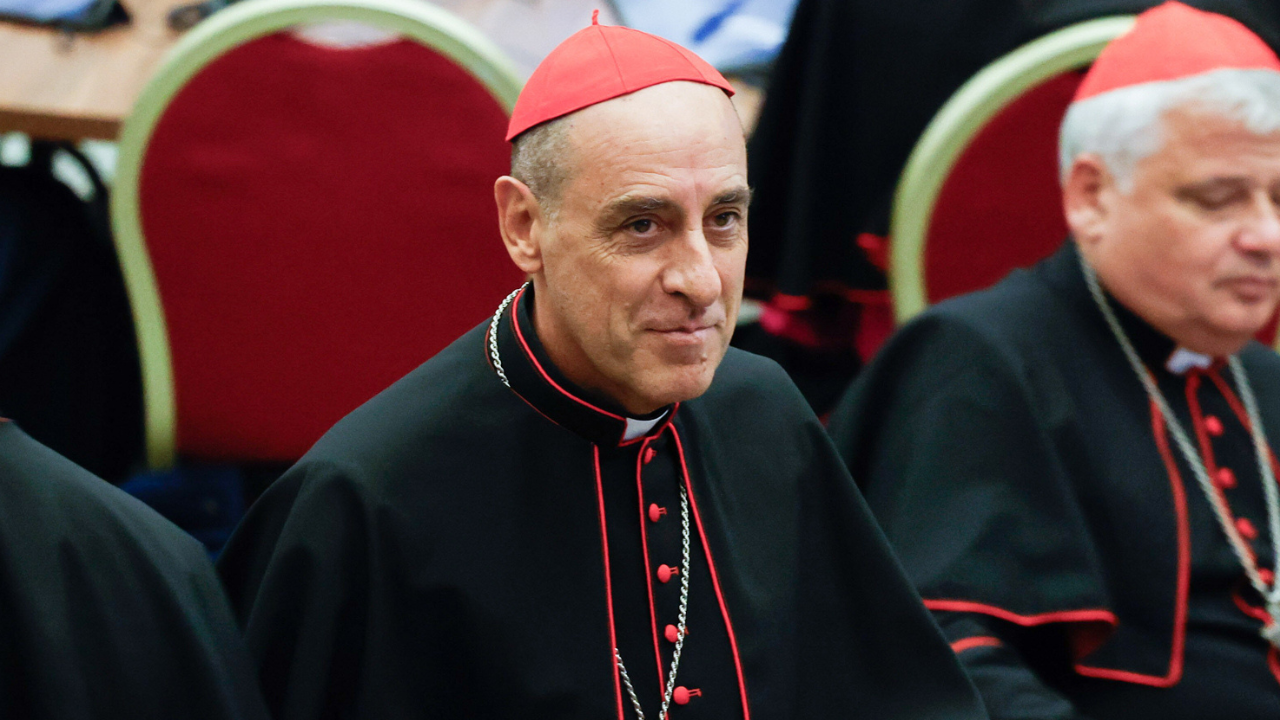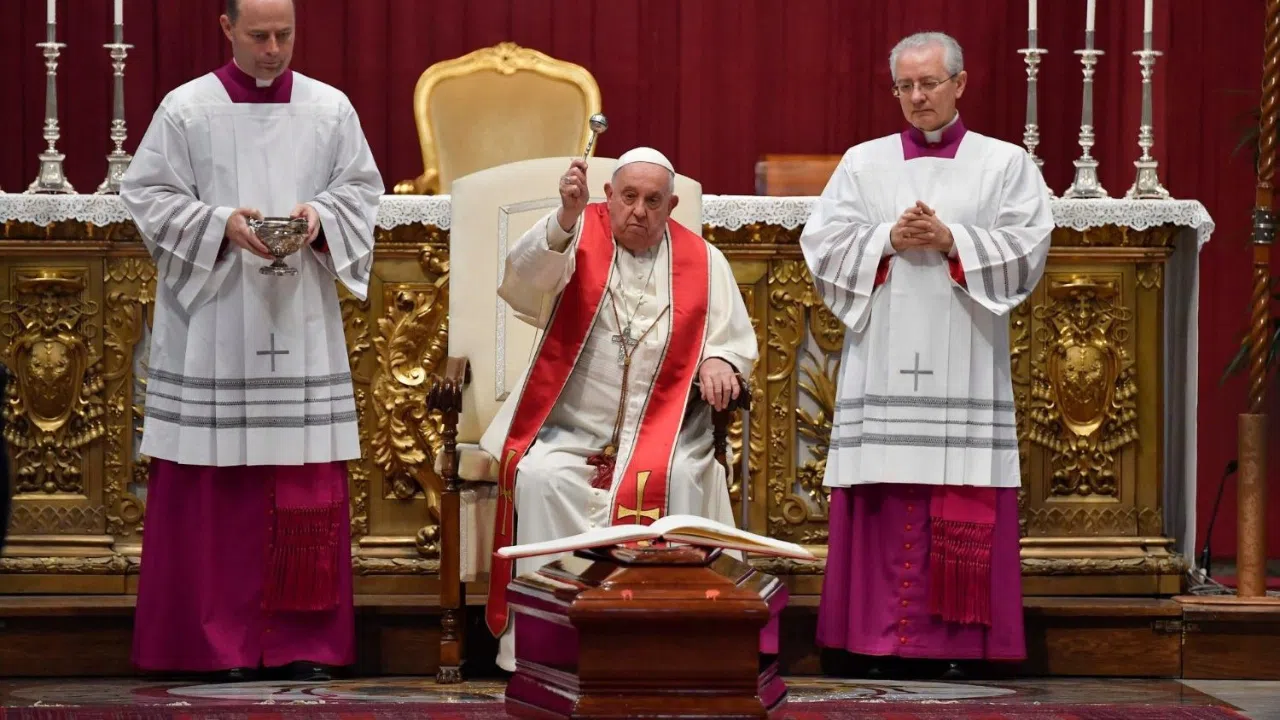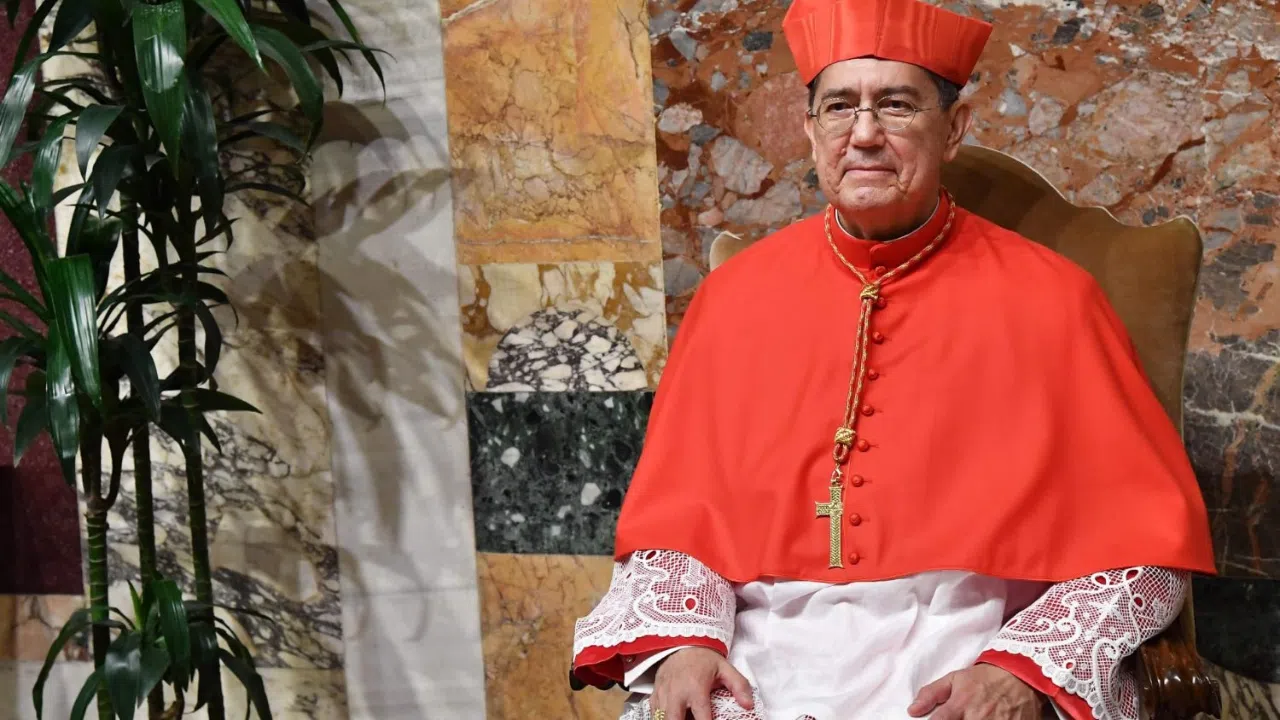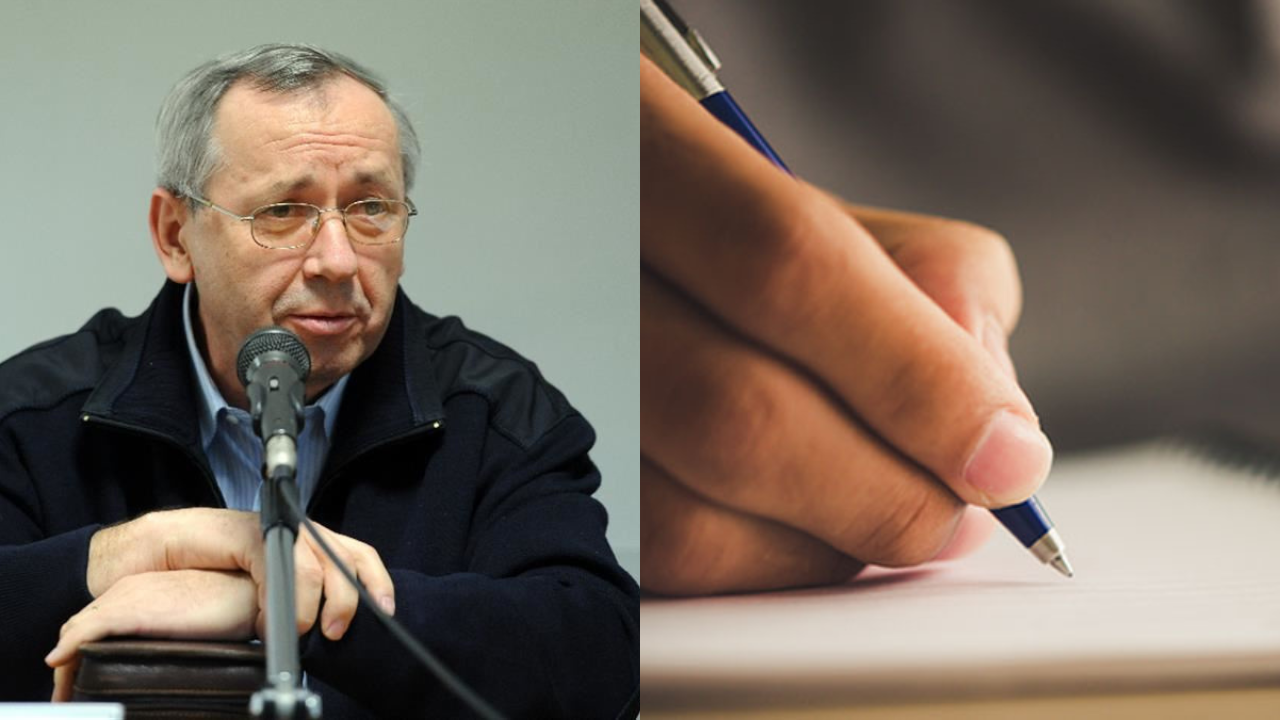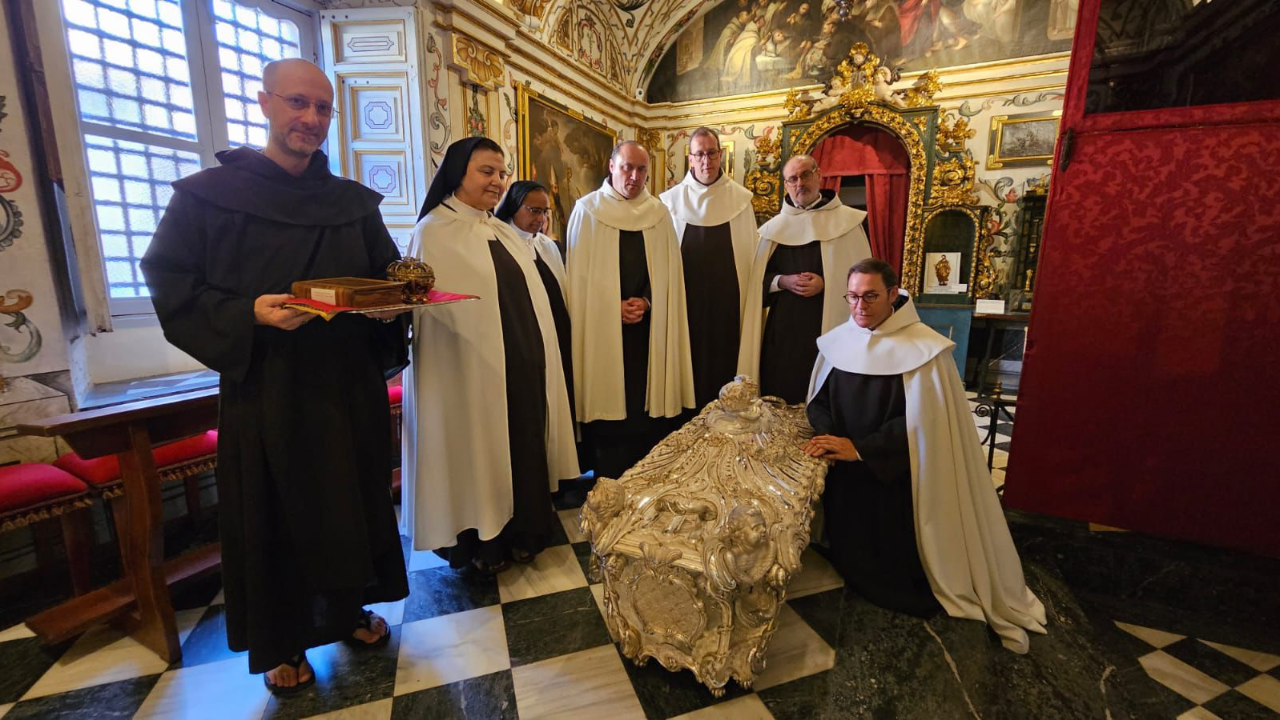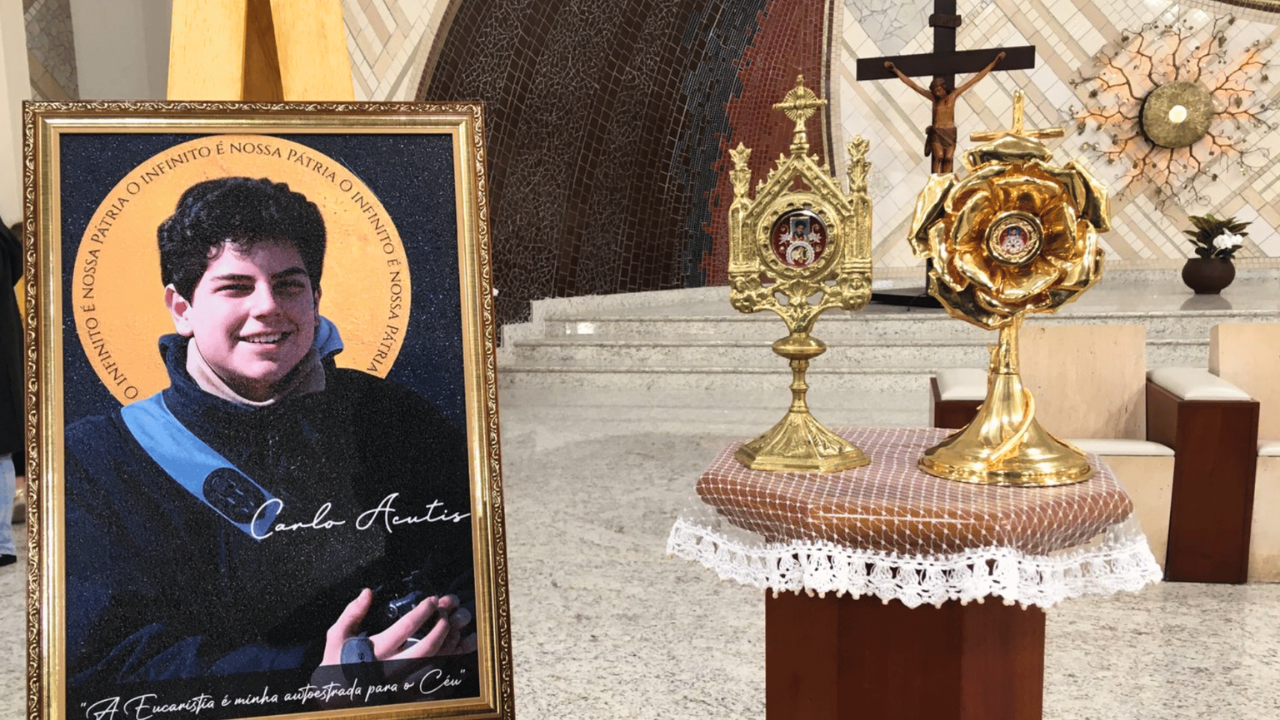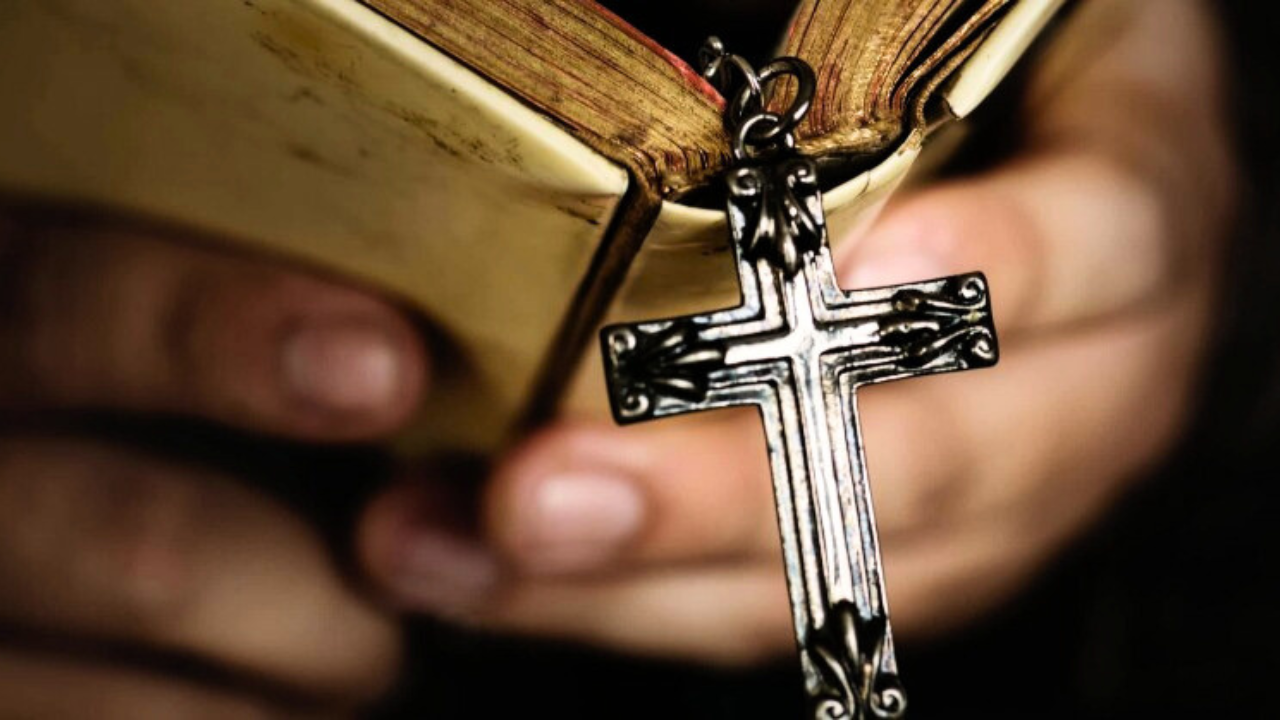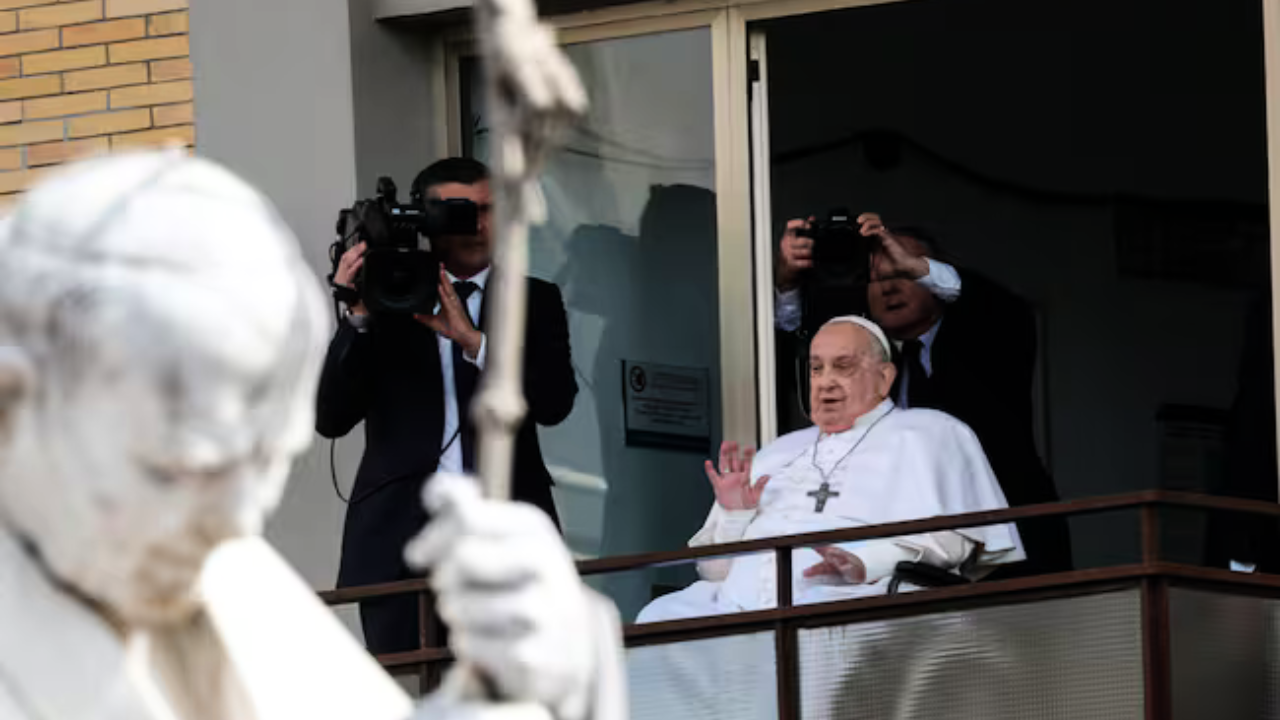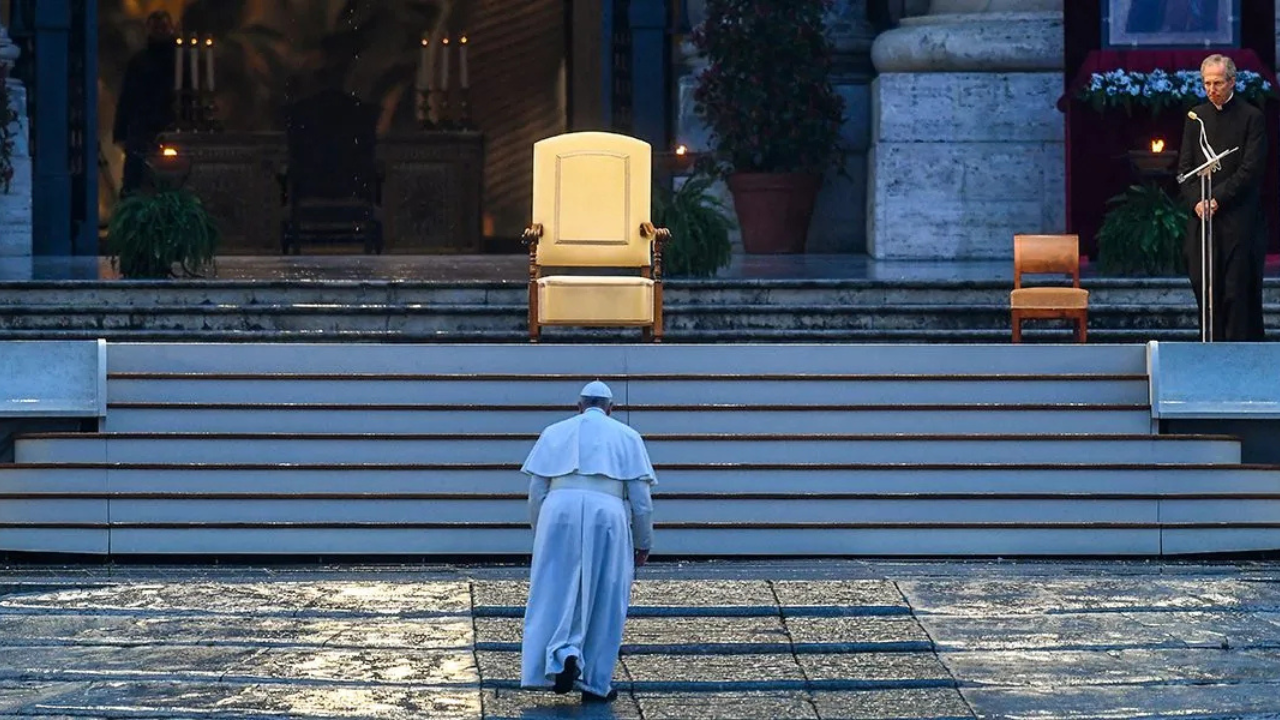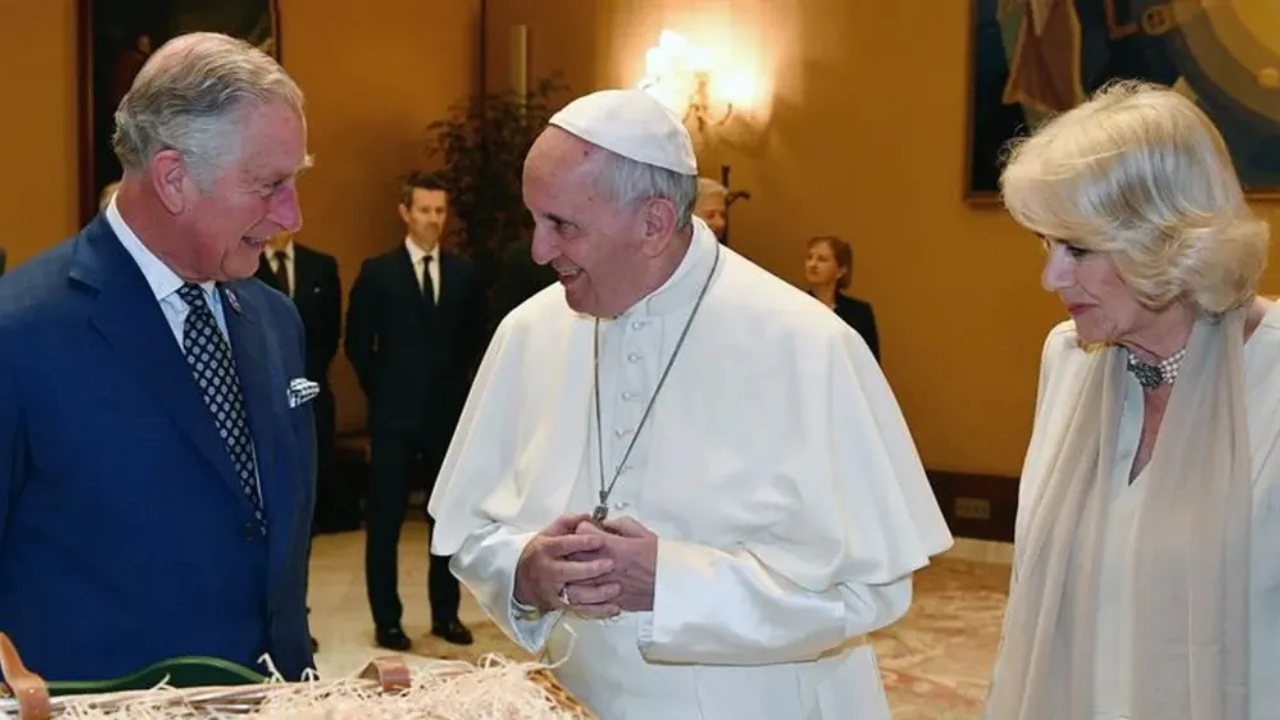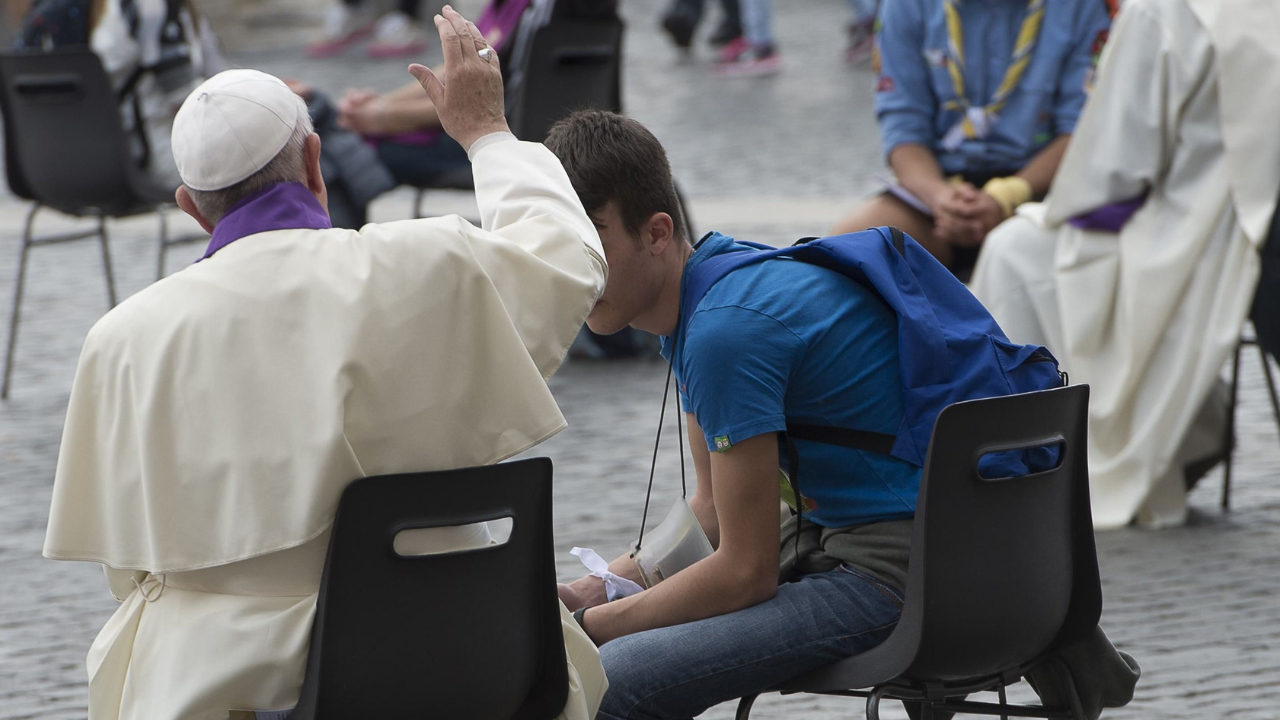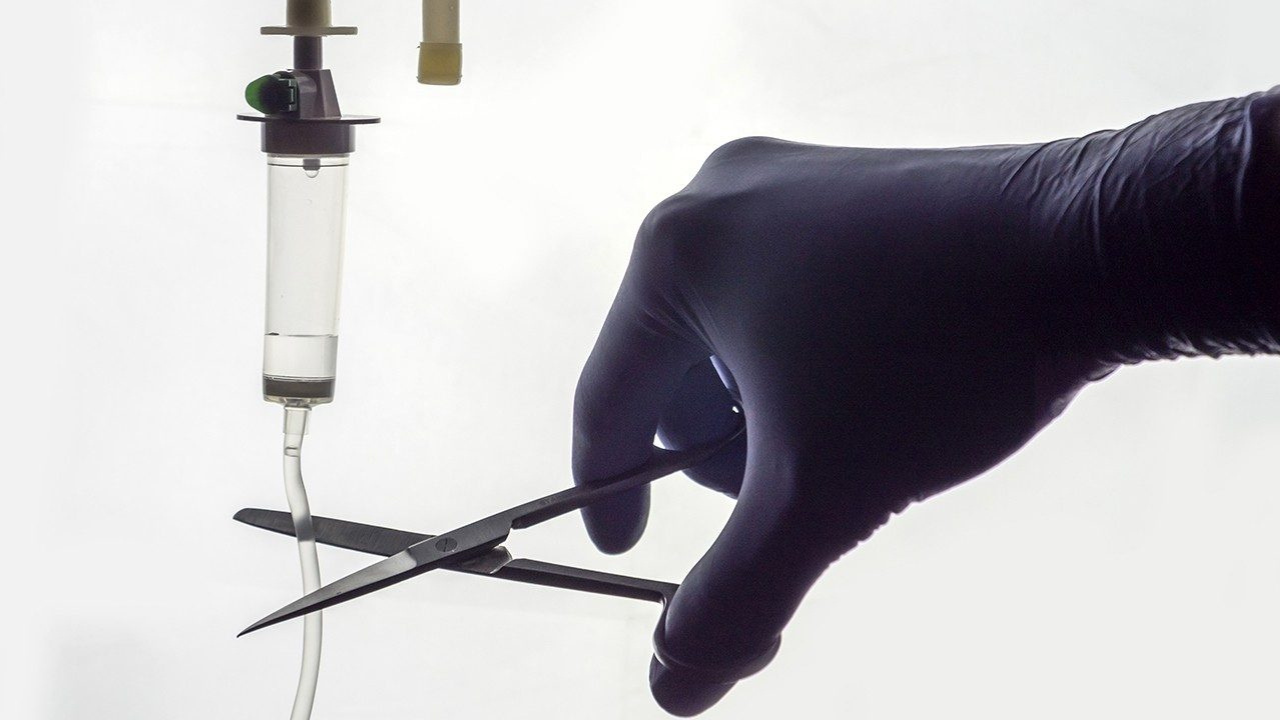Cardinal Darío Castrillón worked for nearly 10 years as the pope's mediator with Lefebvrian traditionalists. That is why he is happy about a possible solution to the existing conflict.
CARD. DARíO CASTRILLí?N
'We always agreed on one thing: they never entered down the path of heresy. They had moments when they were away, but technically they never made any complete schism or heresy. For example, they did not create a separate jurisdiction, because to create a jurisdiction outside the jurisdiction of the Church, that means you want to separate.'
Although the name is not correct, they are called 'Lefebvrians.' This is the Fraternity of St. Pius X, a traditionalist movement founded in 1970 by the most aggressive critical voice against the Second Vatican Council, the French Archbishop Marcel Lefebvre.
Claiming a crisis in the Church, in 1988 he created four new bishops on his own, despite the expressed prohibition of John Paul II. Thus, he and the new bishops were automatically excommunicated.
In 2009, Benedict XVI withdrew the excommunication as a gesture of goodwill to try to facilitate reconciliation. After the Jubilee year, Pope Francis then allowed them to confess validly within the Church.
At present, they reject certain principles of the Second Vatican Council, such as religious freedom or interreligious dialogue, and as a consequence also some points of the later Magisterium.
Cardinal Castrillón insists that the majority of Lefebvrians want full union with the Church. He justifies that some of their views are also due to incorrect interpretations and implementations from what was decided in the Second Vatican Council.
CARD. DARíO CASTRILLí?N
'There were points without total clarity. Many of the architects of a post-council dealt with those points in a way that was not in line with the Council, which has in itself all its value. They made interpretations that were not in accordance with neither the Council nor the Magisterium.'
According to his data, the Fraternity of St. Pius X is in 63 countries, and has about 600 priests and 200 seminarians, which serve around half a million people.
JMB-AQ/MB
AA
-FL
- PR
Up:MB
